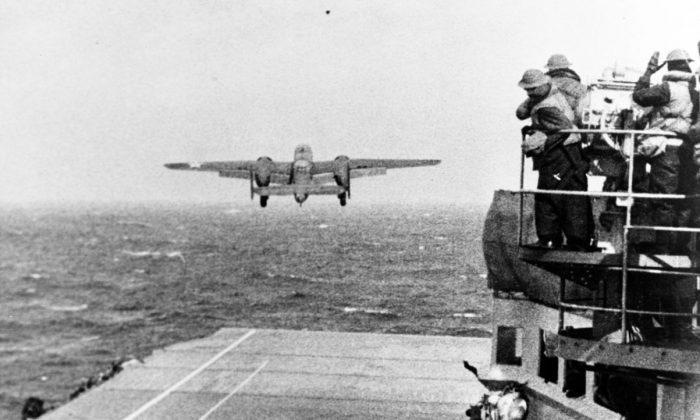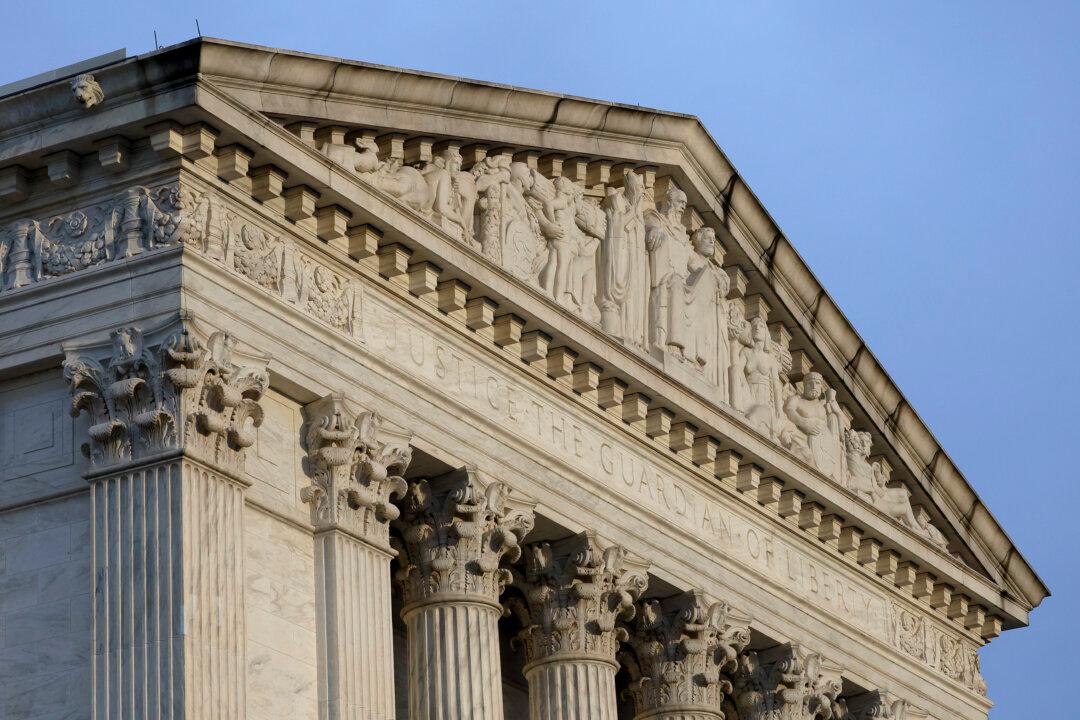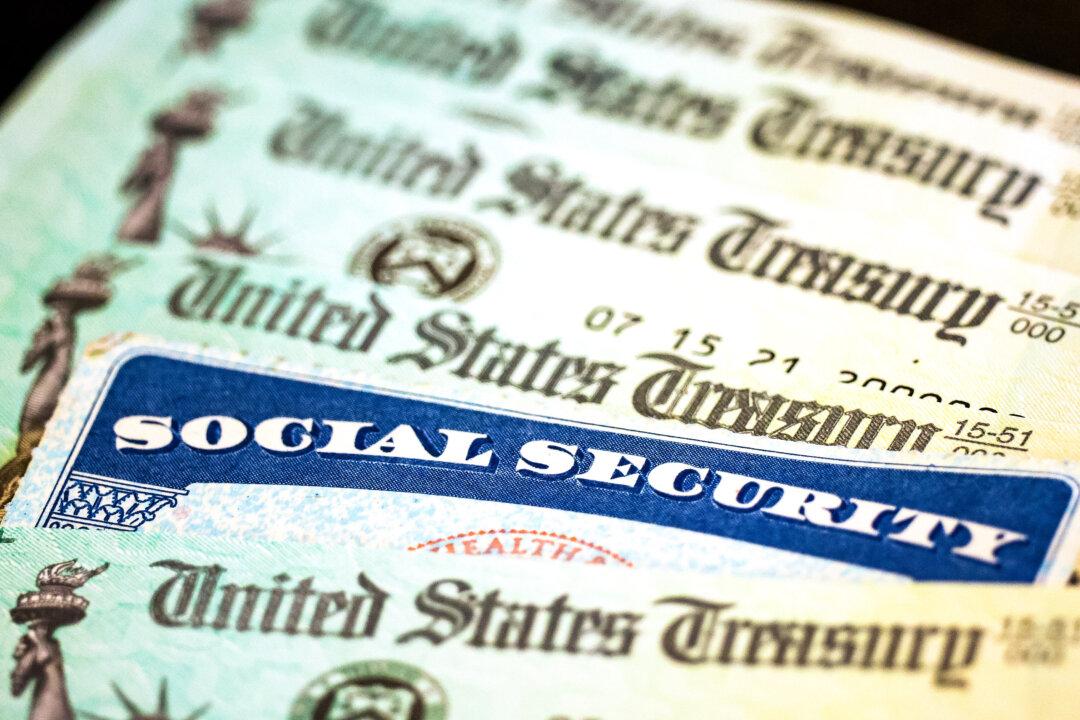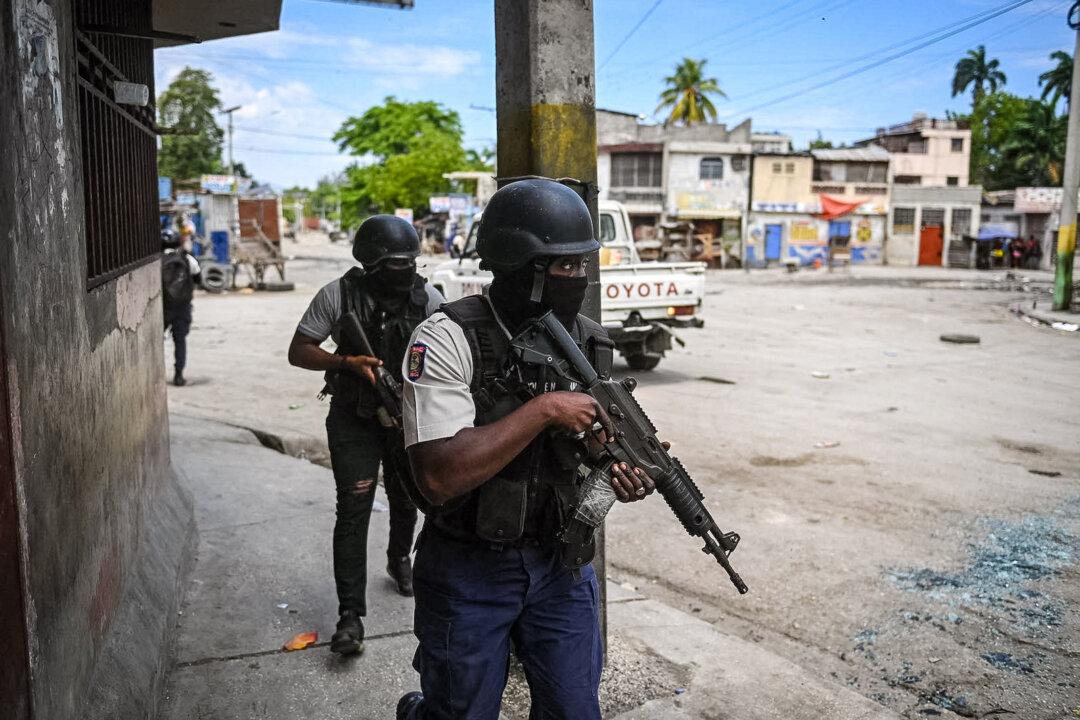The wreck of the World War II-era USS Hornet was discovered off the coast of the Solomon Islands in the South Pacific Ocean.
The carrier, also known as the CV-8, sunk in October 1942 during the Battle of the Santa Cruz Islands by Japanese bombers, torpedo planes, and ship-launched torpedoes.
“We had the Hornet on our list of WWII warships that we wanted to locate because of its place in history as a capitol carrier that saw many pivotal moments in naval battles,” Robert Kraft, the head of subsea operations for Vulcan, said in the announcement.
“Paul Allen was particularly interested in aircraft carriers so this was a discovery that honors his memory,” Kraft added. Allen, the co-founder of Microsoft and who backed R/V Petrel, died last year.
In the raid, the USS Hornet was set to transport B-25 bombers to the east of Tokyo before the planes “would then proceed to either the east coast of China or to Vladivostok in the Soviet Union,” said the history website.
“However, Soviet reluctance to allow the use of Vladivostok as a terminus and the Stalin regime’s unwillingness to provoke Japan compelled the selection of Chinese landing sites,” the website said.
The Hornet was eventually sunk during the battle of the Santa Cruz Islands that went from Oct. 25 to Oct. 27, 1942.
Crew members of the aircraft carrier were forced to abandon ship after relentless Japanese attacks, said Allen’s organization. More than 100 American sailors died when it battle.
“Although her service was short-lived, it was meteoric. In the dark days following the Japanese surprise attack on Pearl Harbor, she and the Doolittle Raiders were the first Americans to punch back at Japan, giving hope to the nation and the world when things looked bleakest,” said Vice Chief of Naval Operations Adm. Bill Moran, reported USNI.
The USS Enterprise, another carrier, also suffered extensive damage in the battle.
He added: “About half the Japanese aircraft engaged were shot down by greatly improved U.S. Navy anti-aircraft defenses. As a result, the Japanese carriers did not engage again in battle for almost another two years.”
A survivor of the Battle of Santa Cruz Island said that when the Japanese forces left, they “were dead in the water.”





